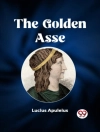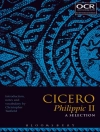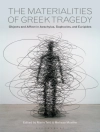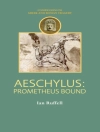‘Medieval thinkers were convinced that they themselves were still citizens of the empire, which had been founded by Augustus.’ This book is devoted to substantiate this claim of William Heckscher. It does so by tracing Antiquity’s afterlife in various genres on the Iberian Peninsula. The book is a manifest for a special transformation and, moreover, continuation of antiquity in the so-called Middle Ages in Spain, going against the commonly held view that only the European Renaissance did justice to and came to the rescue of Antiquity. It describes how the Visigoths preserved classical Antiquity in the 6th and 7th century, how Roman influence manifests itself on the Pórtico de la Gloria of Santiago de Compostela, how the Iberian Peninsula was reluctant to adopt the European Gothic Art around 1200 and how the Catholic Kings went back to forms and ideas of late Antiquity around 1500. In doing so this book offers an alternative to the influential and, so far, widely accepted concept of the reception of Antiquity, which is Erwin Panofky’s Principle of disjunction.
Horst Bredekamp & Stefan Trinks
Transformatio et Continuatio [PDF ebook]
Forms of Change and Constancy of Antiquity in the Iberian Peninsula 500-1500
Transformatio et Continuatio [PDF ebook]
Forms of Change and Constancy of Antiquity in the Iberian Peninsula 500-1500
Koop dit e-boek en ontvang er nog 1 GRATIS!
Taal Duits ● Formaat PDF ● Pagina’s 336 ● ISBN 9783110473292 ● Editor Horst Bredekamp & Stefan Trinks ● Uitgeverij De Gruyter ● Gepubliceerd 2017 ● Downloadbare 3 keer ● Valuta EUR ● ID 6586874 ● Kopieerbeveiliging Adobe DRM
Vereist een DRM-compatibele e-boeklezer












